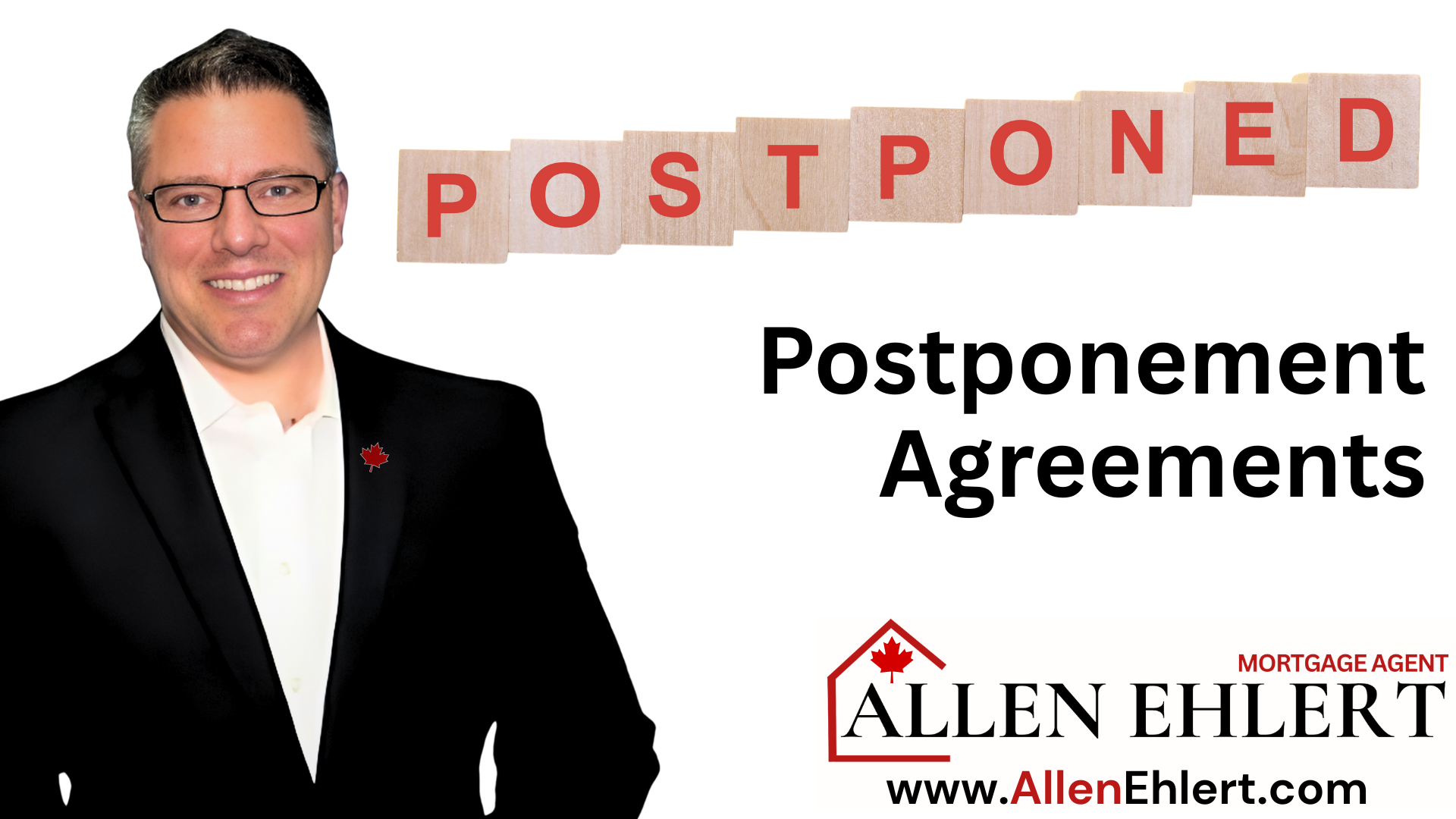… How Hitting Pause Can Save the Deal
In the world of commercial real estate lending, not every disagreement needs to turn into a showdown. Sometimes, the smartest move isn’t to fight for control—it’s to take a breath, stand still, and let cooler heads (and structured agreements) prevail.
That’s exactly what a standstill agreement is about. It’s not about giving up rights; it’s about protecting everyone’s position when the financial waters get choppy.
If you’ve ever been involved in layered financing—where more than one lender is tied to the same property—you’ll know how important it is to keep order. And when trouble hits, a standstill agreement is what stops lenders from racing each other to the courthouse.
Let’s explore why these agreements exist, how they work, and why saying “yes” to a standstill clause can actually save your deal—and your sanity.
Topics I’ll Cover
What a Standstill Agreement Is
Why Lenders (and Borrowers) Agree to It
How It Works in Commercial Lending
The Benefits of a Standstill Period
A Real-World Story: The Office Tower That Almost Went to War
How Realtors and Clients Can Use This Knowledge
What a Standstill Agreement Is
A standstill agreement is a contract—usually part of a broader intercreditor agreement—that prevents a junior lender (like a mezzanine or secondary lender) from taking immediate enforcement action if the borrower defaults.
In plain language, it’s a pause button.
It says:
“If the borrower defaults, you can’t jump in and start enforcing your security right away. You have to wait a set period of time and give the senior lender a chance to deal with it first.”
Standstill agreements are all about timing and order—making sure the senior lender (who holds first position on the property) gets the first opportunity to fix, enforce, or restructure before the subordinate lender acts.
Without them, both lenders could try to enforce their rights at the same time—which, in the world of commercial finance, is a recipe for chaos.
Why Lenders (and Borrowers) Agree to It
At first glance, it might seem strange that a lender would agree to limit their own enforcement rights. But when you dig deeper, it makes perfect sense.
Here’s why lenders agree to standstill clauses:
- To make the deal happen: Senior lenders usually require a standstill as a condition of allowing any subordinate debt. Without it, they won’t fund.
- To preserve collateral value: If multiple lenders start enforcing at once, it can destroy the property’s value. The standstill keeps the process orderly.
- To maintain cooperation: It creates a framework for both lenders to communicate and coordinate when things go wrong, rather than acting independently.
From the borrower’s perspective, agreeing to a standstill clause is often the only way to secure layered financing. It ensures that if things do go sideways, there’s a clear, structured process in place—no fire drills or competing claims.
So, while it might look like a restriction, it’s actually a sign of professionalism and foresight in complex financing.
How It Works in Commercial Lending
Let’s say you’re financing a mixed-use development with two lenders:
- A senior lender providing 70% of the loan-to-value.
- A mezzanine lender providing another 15% of the capital, secured by a pledge of shares in the property-holding SPV.
Now, imagine the borrower misses a few payments. Naturally, the mezzanine lender might want to jump in and seize the borrower’s shares to protect their position.
But under the standstill clause, they’re required to wait—say, 90 days—while the senior lender decides whether to enforce their mortgage, refinance, or negotiate a workout.
If the senior lender steps in and enforces, they get first crack at recovering funds through a sale or receivership. Only after that process concludes (or the standstill period expires) can the mezzanine lender take action.
It’s not about stopping enforcement—it’s about sequencing it. Everyone knows their turn, and the deal stays structured rather than spiraling into a financial free-for-all.
The Benefits of a Standstill Period
The standstill period—typically 60 to 120 days—serves as a cooling-off phase where the parties can communicate, restructure, or even save the deal before it collapses.
Here’s what it accomplishes:
- Prevents devaluation: Coordinated enforcement keeps the property’s value intact.
- Encourages negotiation: Borrowers often use the window to refinance, cure defaults, or find equity partners.
- Protects lender hierarchy: It ensures senior lenders always have first rights, which in turn encourages them to lend more confidently in multi-layered deals.
In short, a standstill isn’t a delay tactic—it’s a stabilizer. It keeps everyone working from the same playbook instead of pulling in opposite directions.
A Real-World Story: The Office Tower That Almost Went to War
A while back, I worked on a financing deal for a mid-rise office tower. The borrower had a $15 million senior loan with a major bank and a $3 million mezzanine loan from a private lender.
When the pandemic hit, tenant rent collections dropped, and the borrower missed two payments. The mezzanine lender immediately threatened to enforce their security by seizing the borrower’s shares in the SPV.
But the standstill agreement—thankfully included in the intercreditor terms—required them to wait 90 days and give the senior lender notice.
During that standstill window, the borrower was able to secure a refinancing package that paid out both lenders in full. No fire sale, no legal battle, no lost property value.
If that standstill hadn’t existed, both lenders might have rushed to enforce—triggering competing claims, confusion, and financial loss for everyone involved.
Sometimes, standing still really does move things forward.
How Realtors and Clients Can Use This Knowledge
If you’re a realtor, understanding standstill agreements can help you:
- Spot when layered financing might trigger additional legal documents and timelines.
- Advise clients on realistic closing timelines when multiple lenders are involved.
- Communicate the value of structured, cooperative financing to investors or developers.
If you’re a borrower or investor, you can use this knowledge to:
- Appreciate the purpose behind lender coordination—it’s not bureaucracy; it’s protection.
- Prepare for the negotiation process—expect senior lenders to insist on standstill clauses.
- Work proactively during standstill periods to refinance or restructure, instead of waiting for enforcement.
Understanding the “why” behind a standstill agreement can turn a stressful situation into a strategic one. It’s not about losing power—it’s about keeping the deal alive long enough to find a solution.
Allen’s Final Thoughts
In commercial lending, a standstill agreement isn’t a roadblock—it’s a safety net. It prevents chaos, protects asset value, and gives borrowers precious time to get back on track when things go sideways.
Agreeing to one doesn’t mean surrendering control—it means you’re playing the long game. It shows lenders, partners, and investors that you value structure, cooperation, and risk management.
As your mortgage agent, my role is to help you navigate these agreements with confidence—to make sure you understand what each clause means, how it impacts your leverage, and how to use that standstill period strategically if challenges arise.
Because in commercial real estate, success isn’t about reacting fast—it’s about responding smart. And sometimes, the smartest move is knowing when to stand still.












